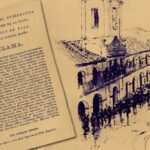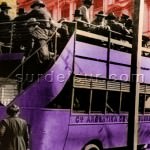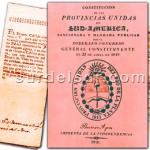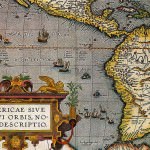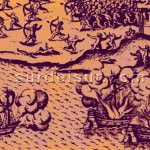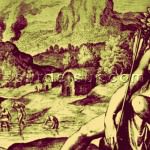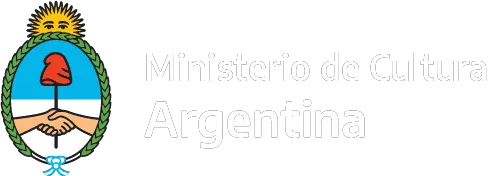When the War of Paraguay (1865-1870) ended (a war in which the alliance of Argentina with Uruguay and Brazil was named the Triple Alliance), the country began a stage of economic growth based on the export of livestock and agricultural products. This took place in a political background characterized by a long-awaited calm, which was crowned by a triumph: the federalization of Buenos Aires in 1880.
The Argentine Modern State
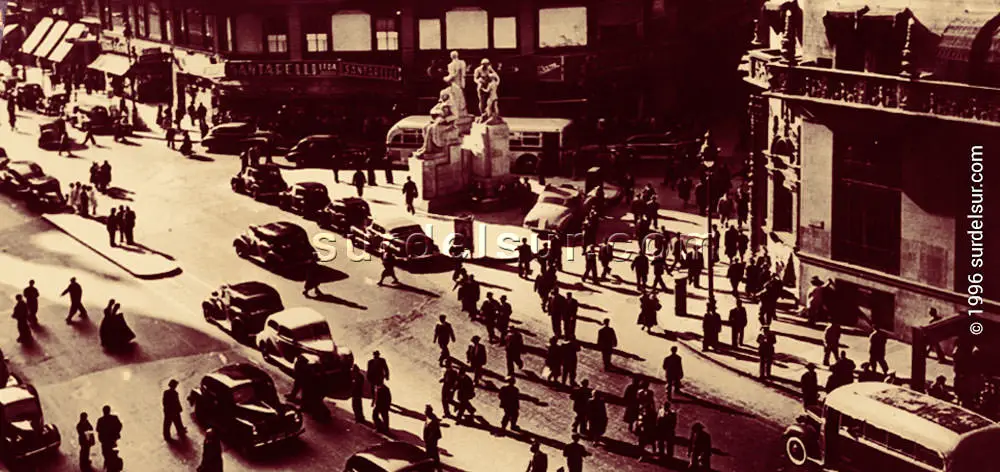
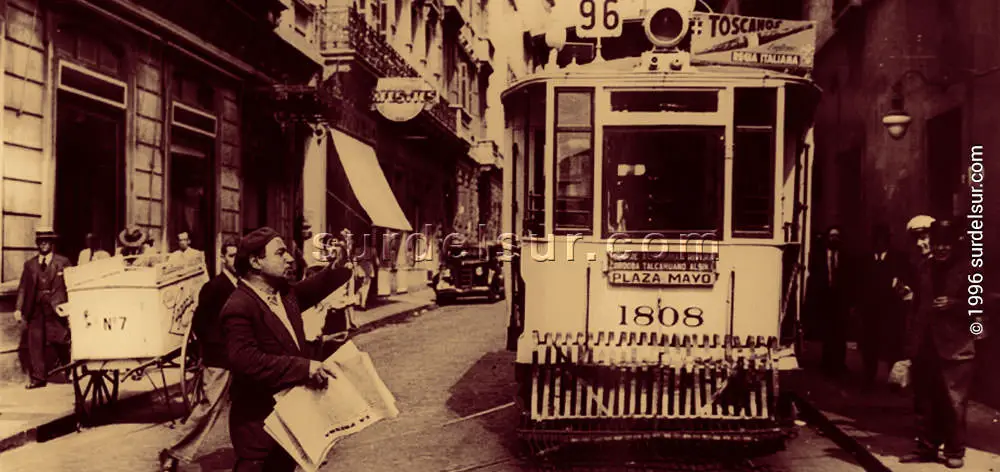
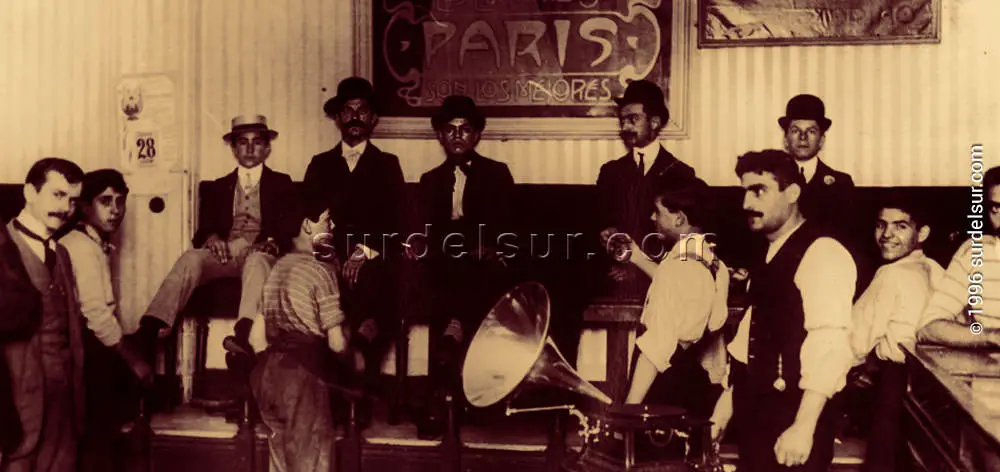
The advent of modernity in the country brought new values and its own problems. Thus, for instance, there was a rise of new social sectors: the working classes, the industrial bourgeoisie and the middle classes, with the addition of large quantities of European (mostly Italian and Spanish) immigrants.
The crisis of 30
Democracy supervised the whole process although sometimes circumstances and governments had little to do with democratic policies. The confrontation between conservatives and radicals marked this stage, until, in 1930, the government came to a violent end due to a coup d’état led by General José Félix Uriburu. Since then, institutional instability and the alternation of civil and military governments marked the political situation of the country. The crisis also impinged on economy and confrontations between the agricultural and livestock sectors and industrialists had a leading role in the disruption of stability.
Democratic Government in 1946-1955
In such conditions, in 1946 President Juan Domingo Perón took office, with the support of vast popular masses. The implementation of new economical and social policies characterized Perón’s two first consecutive mandates. In 1955, however, a new coup d’état put an end to the Peronist government.
Military Dictatorship of 1976-1983
Between 1976 and 1983, Argentina lived its most heart-rending period. The military dictatorships which succeeded each other during those years were the most violent and agonizing. The systematic violation of the Human Rights and the accumulation of a monstrous foreign debt were the legacies of the military governments.
Final Return to Democracy
Finally, in 1983, the country returned to democracy that continues today. The government of Dr. Raúl Alfonsín of the Unión Civica Radical (Radical Civic Union), left us an important legacy revaluing of democratic institutions; and prosecute and punish those responsible for the breakdown of institutional order. During the government of President Raúl Alfonsín began the trial of the military junta. During the trial testified the families of the disappeared and victims of the brutal repression that took place during the military dictatorship from 1976 to 1983. Civilians, after long years of being subjected to state terrorism, could make full exercise of its sovereignty through their representatives, elected in democratic elections; and the armed forces began to occupy the role it was intended for them by our Constitution.
References:
All graphic material in this report is edited digitally. The customized version by surdelsur.com shown on this page is performed based on the following documents:
- Archivo General de la Nación. (General Archive of the Nation) Images of Buenos Aires of the early twentieth century. [Photos]


